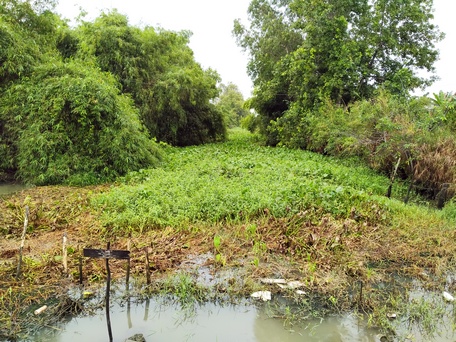 |
| Water hyacinth on a canal in My Thuan commune, Binh Tan district. |
For a long time, water hyacinth has been exploited in some places in the province as raw material for weaving handicraft carpets for export, solving a significant amount of idle labor and increasing household income in rural areas, while helping to keep river banks, canals and ditches from eroding. However, in many places today, due to lack of exploitation and use, water hyacinth has become a “burden” for the canals and is also an environmental “hot spot”.
Currently, in the province, there are still many canals and ditches covered with water hyacinth, often seen in small rivers, canals and ditches in the fields, located in the dyke areas that are rarely dredged, have sedimentation or even large canals and ditches located outside the dyke but have many water borders are also filled with water hyacinth. Dense water hyacinth blocks the flow, causing obstacles and difficulties for traveling on the river, for agricultural irrigation and increasing water pollution if there is additional waste discharge.
Over the years, localities and people have tried to deal with water hyacinth by manual and chemical measures, but they have not been very effective because of lack of large investments, lack of large-scale salvage, households only work individually, mainly using hand-scraping tools or spraying herbicides to kill water hyacinth, which pollutes the water environment due to herbicide spraying.
Therefore, to fundamentally solve the rampant development of water hyacinth, authorities in all places in the province need to coordinate with relevant departments and specialized agencies to launch a movement to remove and salvage water hyacinth; use means and machinery and mobilize local people, organizations and unions to participate in solving water hyacinth "hot spots"; advise people not to use chemicals to avoid polluting the environment and water sources.
To make this feasible, it is necessary to balance the use of environmental career funds or annual funds for using irrigation public products and services at district and provincial levels to invest in dredging irrigation canals and ditches and hiring machines and workers to salvage water hyacinth.
Article and photos: MY TRUNG
Source link




![[Photo] Party and State leaders visit former President Tran Duc Luong](https://vphoto.vietnam.vn/thumb/1200x675/vietnam/resource/IMAGE/2025/5/24/960db9b19102400e8df68d5a6caadcf6)


![[Photo] Ho Chi Minh City holds funeral for former President Tran Duc Luong](https://vphoto.vietnam.vn/thumb/1200x675/vietnam/resource/IMAGE/2025/5/24/9c1858ebd3d04170b6cef2e6bcb2019e)
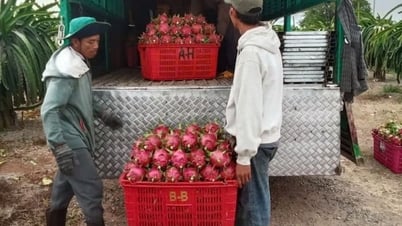







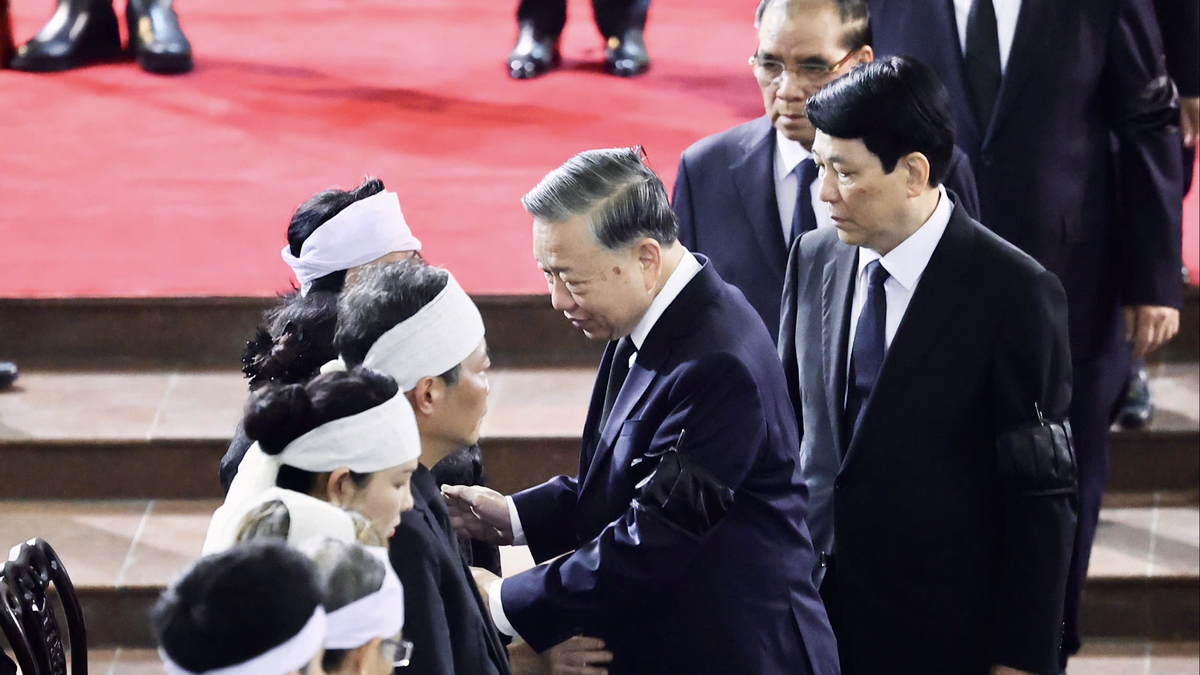




































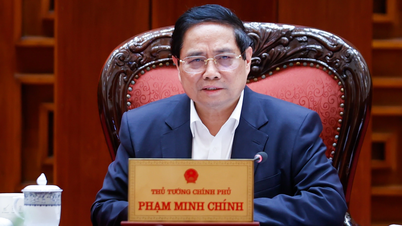










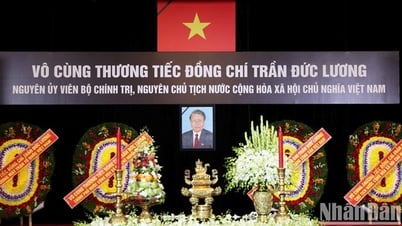
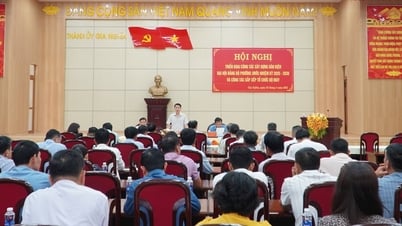



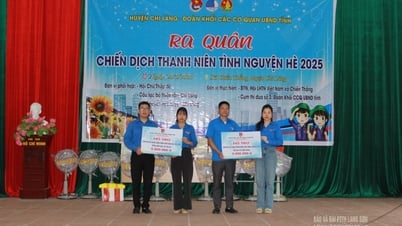



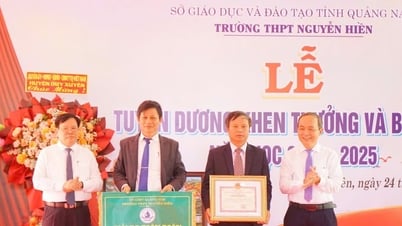











Comment (0)